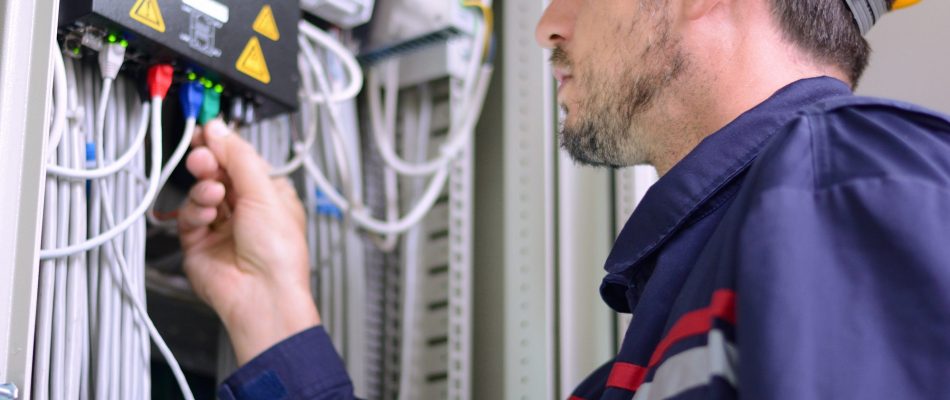Voice and data cabling refers to the cables at the heart of businesses’ information and communication networks. Proper voice and data cable installation is essential for every modern business’s growth strategy. Developing a foundational understanding of voice and data cabling gives you a decisive advantage over your competitors as it future-proofs your business.
Cabling facilitates connections between multiple devices and equipment, including computers, phones, security cameras, office equipment, etc. As more operations become digital, voice and data cables play an increasingly central role in modern businesses’ success and growth. Here’s what you need to know about voice and data cabling.
Getting Your Voice and Data Cable Installation Right
Voice and data cable installation can be complicated. So, to set up your business for success, you need to hire the right cabling company you install and maintain your voice and data cabling. You want to hire a company that will provide customized voice and data cable installation for your business because there’s no one-size-fits-all solution for all businesses.
An experienced cabling company will help you assess your business needs before initiating the installation process. Among the essential factors to consider is the types of network cable most suitable for the available space in your business.
- Coaxial Cable. It contains a copper core that transmits data with minimal damage or external interference. Common sizes include RG-6, RG-11, and RG-59.
- Fiber Optic Cable. It features glass fibers inside an insulated case. It’s best for long-distance, high-performance with high bandwidth.
- Shielded Twisted Pair (STP) Cable. It contains copper wiring encased in a grounding shield to minimize electromagnetic interference (EMI). STP cabling options include braided, spiral and metal-coated foil or mylar, which offer varying levels of EMI shielding.
- Unshielded Twisted Pair (UTP) Cable. This cable contains two to 1,800 unshielded twisted pairs encased in an exterior jacket. UTP cables fall under categories 1 through 6 (Cat1, Cat2, Cat3, Cat4, Cat5, Cat5e and Cat6).
Even though UTP cables offer no EMI protection, they’re the most common in businesses because they’re inexpensive and suitable for most businesses’ needs. They also fit seamlessly into a clean workplace design.
Quality voice and data cable installation also requires the right tools, including stud finders, crimping tools, cable testers, label markers, pointed handsaws, RJ-45 plugs, etc., to get the best functional and aesthetic results. Once voice and data cable installation is complete, you must test the network to ensure it meets your business’s needs.
Proper Voice and Data Cable Maintenance
Installing your voice and data cables correctly facilitates effective maintenance. For example, skilled technicians will adequately organize and labels all the cables. That way, identifying and resolving network issues takes considerably less time. As a result, it helps your business’s bottom line by minimizing downtime and enhancing productivity.
In addition to providing quality voice and data cable installation services, established cabling companies also offer cabling maintenance services. Hiring cabling professionals lets you and your team focus on your core business operations and serve your customers.
Hire Reputable, Reliable Cabling Professionals
You now understand voice and data cabling. The next step is hiring experts to help you with voice and data cable installation and maintenance. Communications Solutions specializes in audio-visual, structured cabling, physical security, and unified communications. Contact us today and get a customized structured cabling solution for your business.



